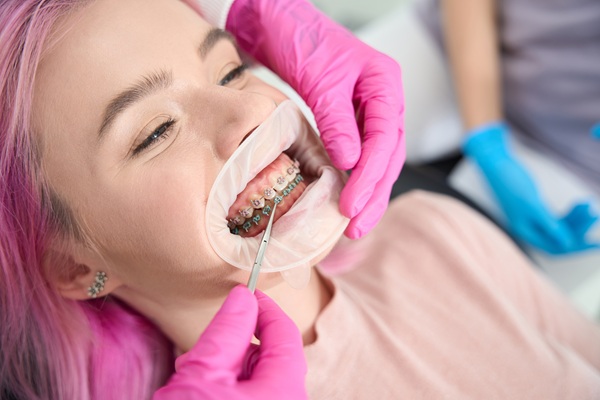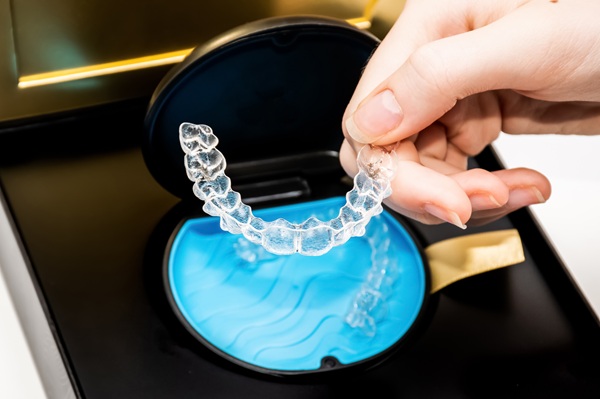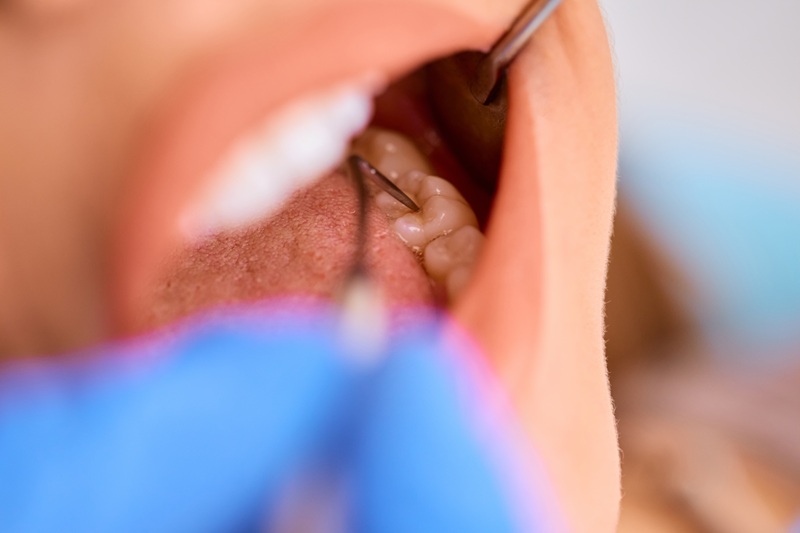When you think of orthodontics, you might picture teenagers with braces eagerly counting down the days until their treatment ends. But what about adults? Can they also benefit from orthodontic treatment?
The answer to that is a resounding yes!
Orthodontics is designed not only for kids and teens but to ensure that your teeth align for a healthier and brighter future. That means adults can also use them to their advantage!
Read more about how orthodontics can make a difference in oral health and why investing in your smile is never too late.
What Is Orthodontics?
To start, let’s first understand what orthodontics means and what its purpose is. Orthodontics is a specialised branch of dentistry focused on correcting misaligned teeth and jaws. This includes tools that help your teeth to gradually shift to their designated places. Some of the most popular of them are braces, clear aligners, and other appliances to straighten teeth and improve oral health.
While many people associate orthodontic treatment with adolescence, more and more adults are also choosing to discover the benefits of a straighter smile.
Why Consider Orthodontic Treatment as an Adult?
There are many reasons why adults seek orthodontic care. Some people want to fix long-standing issues with their teeth and bites, while others are looking to improve their confidence. One thing is for sure orthodontic treatments are not only for kids and teenagers.
Here are some reasons why adults are turning to orthodontic treatment for adults:
1. Better Oral Health
Crooked or misaligned teeth can make it harder to brush and floss properly, which increases the risk of cavities and gum disease. Straightening your teeth can help you clean them properly, which will eventually improve your overall dental health.
2. Improved Bite and Function
Misaligned teeth can lead to jaw pain, uneven tooth wear, and difficulty chewing. Orthodontic treatment for adults can correct these problems, making eating and speaking more comfortable.
3. A More Confident Smile
Many adults feel self-conscious about their teeth and some of them did not have the opportunity to get orthodontic treatment when they were younger. Others may have had treatment but were not religious about wearing their retainers, which caused their teeth to shift back. Adult orthodontics offers a second chance to address these issues.
What Are the Options for Adult Orthodontics?
Today, there are more choices than ever when it comes to orthodontic treatment for adults. Specialists in orthodontics can recommend the best option based on your needs and lifestyle.
1. Traditional Braces
Metal braces are still a pioneer tool when it comes to aligning and straightening the teeth and jaws. They work by using brackets and wires to gradually move your teeth into the right position. While they are more noticeable, they are often the best choice for complex cases that involve the patient’s jaw.
2. Ceramic Braces
Ceramic braces work the same way as metal braces but use clear or tooth-coloured brackets, making them less visible.
3. Clear Aligners (Invisalign® and Similar Systems)
Clear aligners are a popular choice for adults because they are nearly invisible. These removable trays gradually shift your teeth and are a great option if you want a more discreet treatment.
4. Lingual Braces
Lingual braces are attached to the back of your teeth, making them completely hidden from view. They offer the benefits of traditional braces but with a more discreet appearance.
Common Questions Asked with Orthodontic Treatment for Adults
Is Adult Orthodontic Treatment Different from Treatment for Teens?
Yes, adult orthodontic treatment is slightly different from treatment for teenagers. Since adults have fully developed jaws and bones, it may take a little longer to move the teeth. However, with the right approach, specialists in orthodontics can achieve excellent results at any age.
Before orthodontic treatment, adults also need to consider other factors, such as existing dental work (crowns, bridges, or implants) and gum health, which can affect treatment options. The purpose of this is to ensure that your teeth and gums are in a healthy state before locking in for an adult orthodontic treatment.
Orthodontics also requires you to be committed to the treatment plan to ensure you get the result in the end. This means that whatever orthodontic option you choose, it’s important that you also follow your orthodontist’s orders for better results.
How Long Does Adult Orthodontic Treatment Take?
The length of orthodontic treatment for adults depends on the complexity of the case. On average, treatment can take anywhere from 12 to 36 months. Regular check-ups with your dentist or orthodontist will ensure progress is on track.
Does Orthodontic Treatment Hurt?
It’s normal to feel some discomfort when braces or aligners are adjusted, but it’s usually mild and temporary. Most people find the benefits far outweigh the temporary discomfort of the orthodontic treatment they chose.
How to Maintain Your Results After Treatment
After completing orthodontic treatment, wearing a retainer is essential to keep your teeth in place. Your orthodontist will provide guidance on how often to wear it to maintain your new smile.
It’s Never Too Late for a Straighter Smile
Orthodontics is not just for kids—adults can benefit from a straighter, healthier smile too regardless of their reason. While the treatment journey can be a little longer than orthodontics for teenagers, adult orthodontics offers a range of solutions to meet your needs. With advancements in technology and a variety of treatment options, achieving the smile you’ve always wanted is more accessible than ever.
If you’re considering orthodontic treatment, don’t hesitate to reach out to the team at Bellevue Hill Dental. Our dentists are here to give light to you about your options and what possible treatment plan is best for your case.
Get a scheduled appointment today to learn more about orthodontics.



